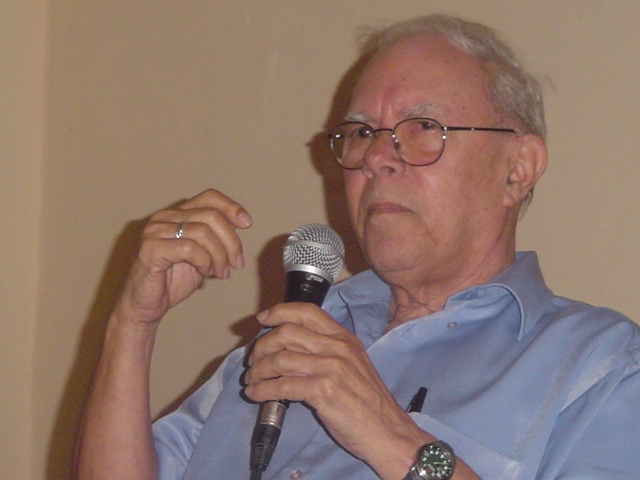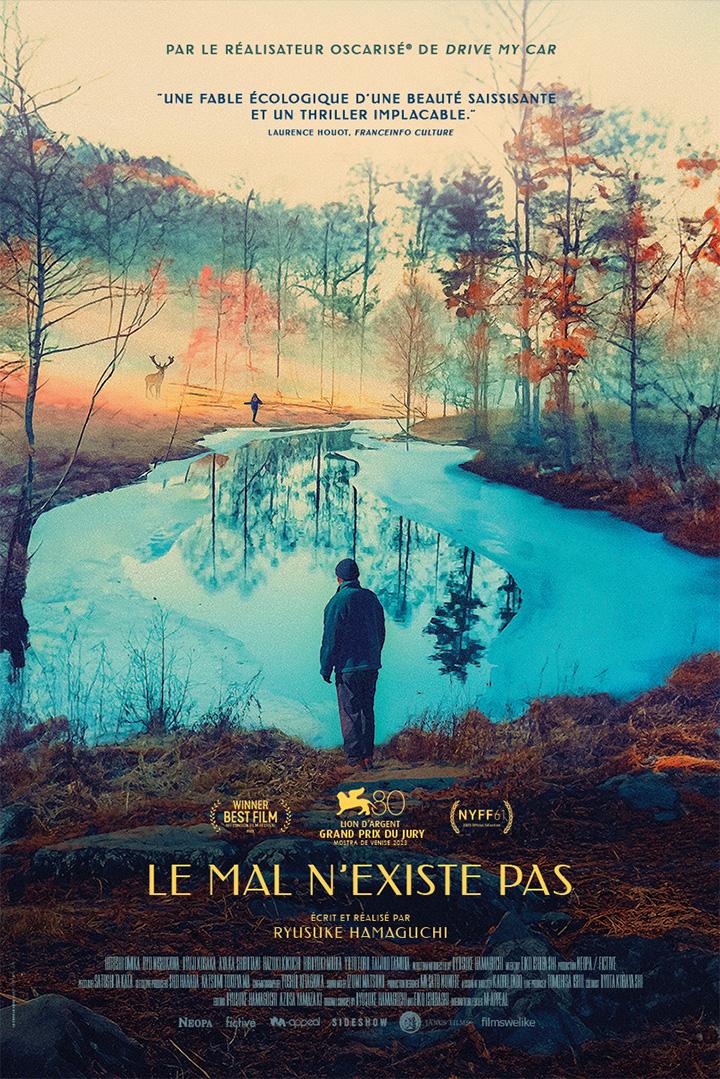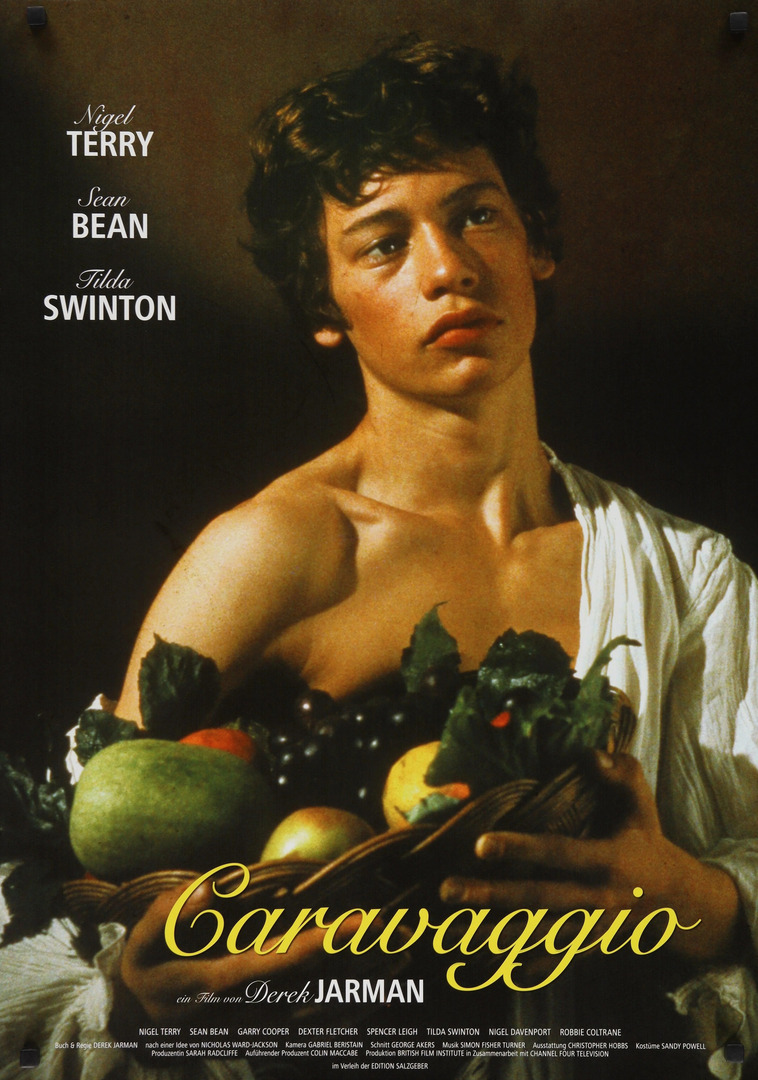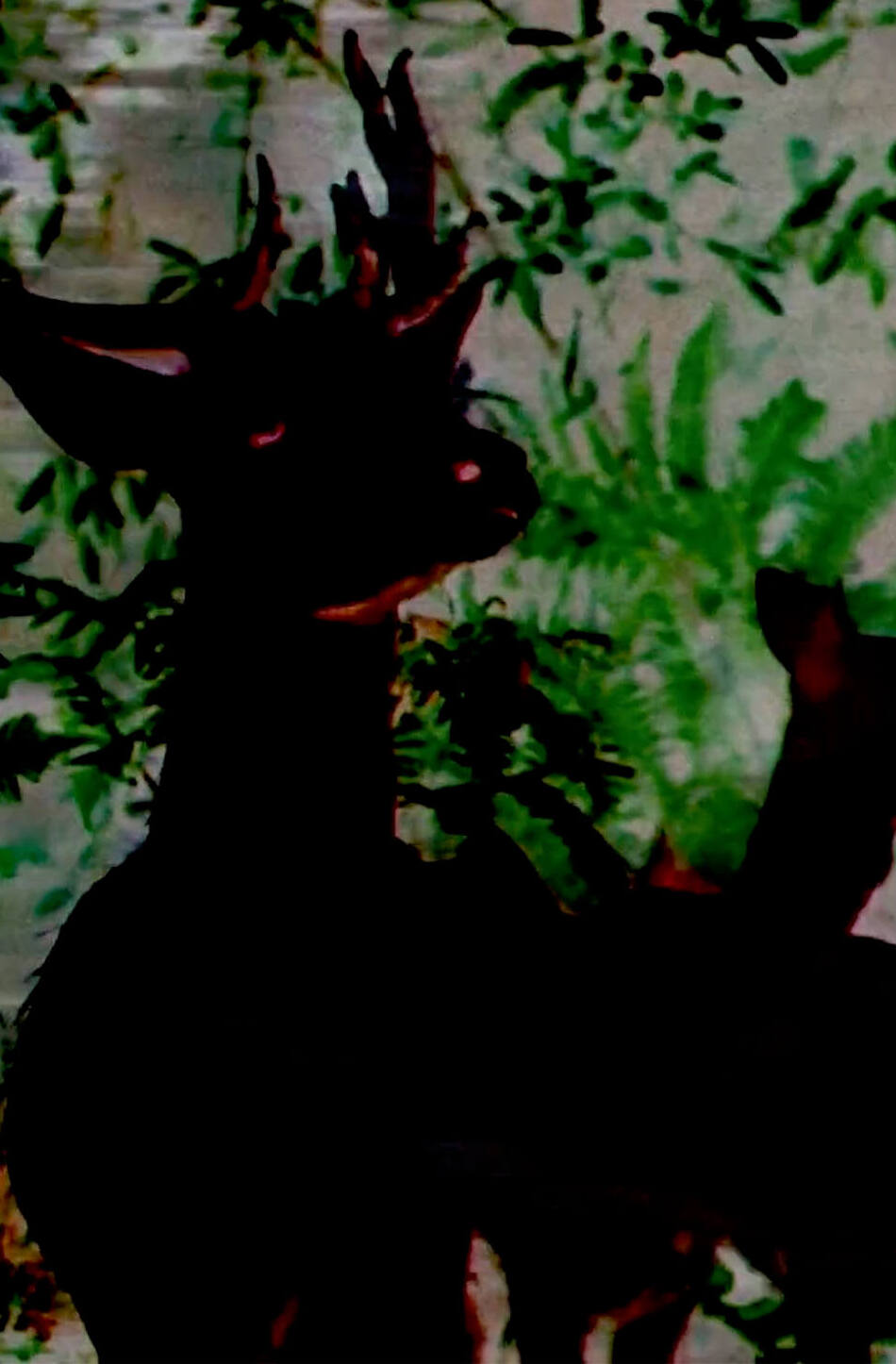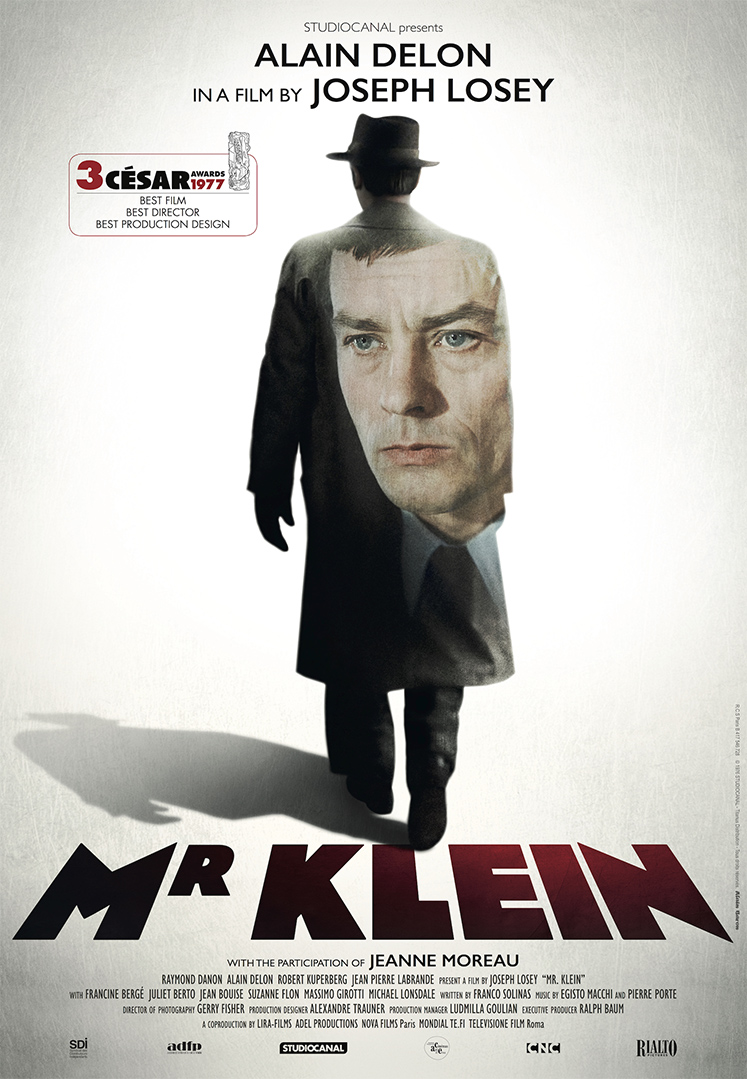The Adventures of Juan Quin Quin
We have several dozen Cuban films in our archives, allowing us to document the inspiration and creativity of filmmakers who, shortly after the Cuban revolution, devoted their cameras to documenting daily life, individual questions and collective movements.
A former sacristan, after trying his luck with cockfighting, circus and bullfighting, becomes a guerrilla fighter. As a character with multiple roles, Juan Quin Quin symbolizes the will of the people fighting for their independence. The author uses burlesque, pastiche and fantasy. An astonishing film combining youth and maturity.
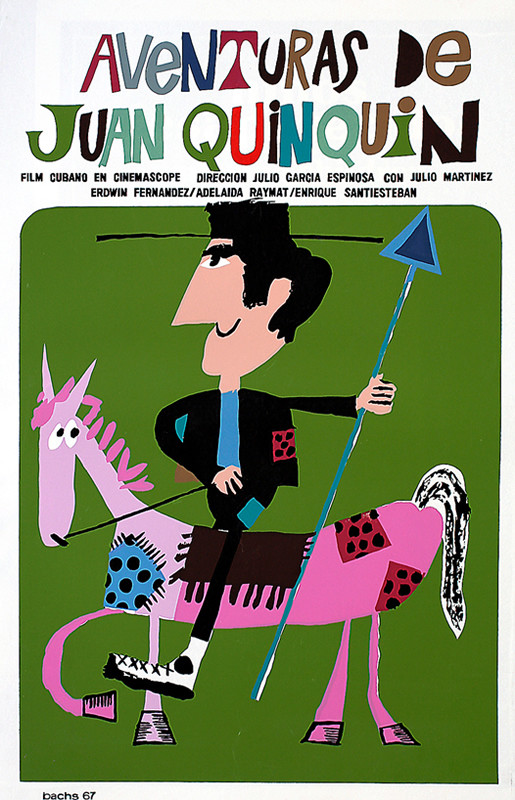
Julio García Espinosa Romero
Julio García Espinosa Romero is a Cuban screenwriter and director. In 1955, under the dictatorship of Fulgencio Batista, he collaborated with Tomás Gutiérrez Alea on a social documentary, El Mégano, which was censored. As a communist, he became one of the prominent figures in Cuban cinema during Fidel Castro's governments. He played a key role in the founding of the Cuban Institute of Cinematographic Art and Industry (ICAIC), where he served as president from 1982 to 1992. His film, The Adventures of Juan Quin Quin (1967), was one of the most notable popular successes in Cuban cinema. He is the author of a famous text, Por un cine Imperfecto, a theoretical manifesto of ICAIC published in December 1969 in the magazine Cine Cubano.
